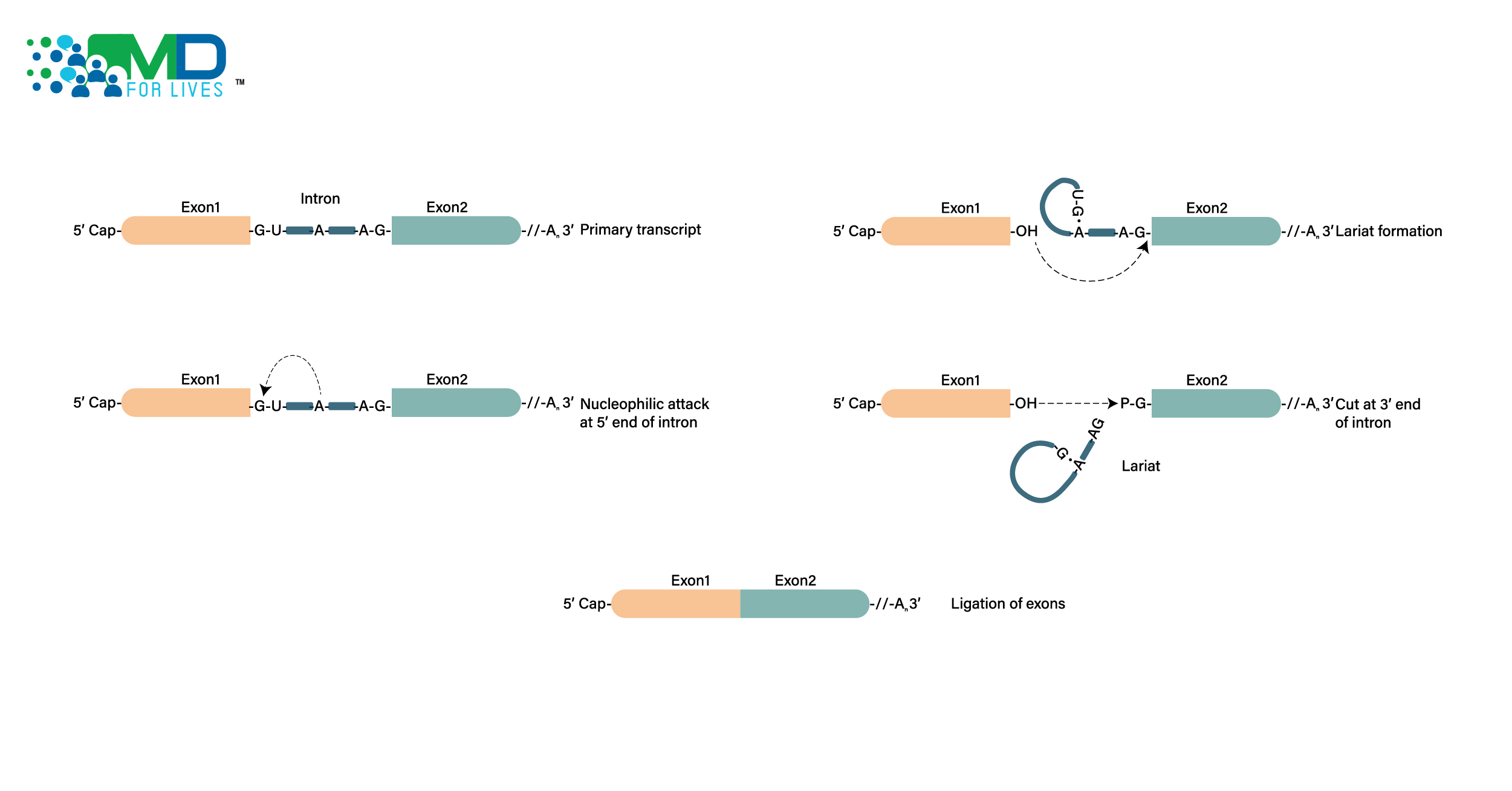Typhoid in New York City (1907)
Mary Mallon, a.k.a. “Typhoid Mary,” is undoubtedly a name everyone is familiar with, the person responsible for the spread of Typhoid in New York City (1907). She was a cook from Ireland who was infected with typhoid fever, a kind of salmonella that can lead to fever, diarrhoea, and even death. However, Mallon was resistant to the illness. She was confined to North Brother Island for a three-year quarantine when officials discovered that the typhoid outbreak in the city was caused by her profession as a cook. She vowed never to prepare food for people anymore. She, however, lied. She spent the next 23 years of her life on the island after being captured in 1915. Because at the time there were no cures for this supposedly “healthy carrier,” she was kept in isolation for 26 years. Since that time, scientists have created potent antibiotics that have effectively treated millions of people with typhoid while also having the potential to eradicate cases like Mary’s typhoid. However, the bacteria has been modified to fit current circumstances. A higher proportion of the annual toll of 10 to 20 million infections and 100,000 deaths is being accounted for by new antibiotic-resistant strains, which are generating outbreaks throughout the globe. Science is now retaliating by stepping up vaccination programmes and developing more effective methods to identify typhoid infections.
Typhoid superbugs first appeared (1950)
Around 1950, typhoid superbugs were first discovered. Since the time of Typhoid Mary, several aspects of typhoid have not altered. The bacterium Salmonella enterica serovar Typhi is what causes the illness (S Typhi). As far as we are aware, this particular type of bacterium exclusively affects people and spreads through contact with contaminated stools. High temperature, exhaustion, and digestive issues are among the symptoms, which might ultimately cause internal bleeding and death. Around 1950, typhoid, which is resistant to antibiotics, first started to spread. Since then, a new strain has evolved that can defeat practically every new medication that has the potential to treat typhoid.
The most dangerous typhoid strain, XDR (2016)
The most dangerous variant is known as XDR, which stands for extensively drug-resistant. In Pakistan, it initially appeared in 2016, and by 2019, it had taken over as the main strain. According to research that was published in June in The Lancet Microbe, it has also spread to many other nations. Scientists like the paper’s author Andrews are concerned about its proliferation. This is due to the fact that azithromycin, which was licensed for medical use in 1988 and is one of the most frequently prescribed antibiotics in the market, is the only oral antibiotic that can treat XDR typhoid. Researchers are worried that XDR may develop drug resistance because of the extensive usage of azithromycin.
How could XDR be prevented?
A vaccination that the World Health Organization approved for use in 2018 is one relatively new weapon in the armoury against typhoid. It is referred to as Typbar, and it combines two types of antigens – components of the bacterium the human immune system can detect – to elicit an immune response and stop typhoid illness, even if it is antibiotic-resistant. Three vaccination trials’ findings were released last year; each showed that the vaccine had an about 80% success rate in avoiding typhoid illness among the 90,000 kids who received it in regions where XDR typhoid is rife. Typbar TCV® is the first clinically validated conjugate Typhoid vaccination in the world. Furthermore, Typbar TCV® is the only vaccine approved for children and infants under the age of two. A single dosage of Typbar TCV® resulted in 4-fold sero-conversion rates of 98.05%, 99.17%, and 92.13% in individuals aged 6 months to 2 years, 2 to 15 years, and 15 to 45 years, respectively, during the phase 3 clinical research. This study’s findings were reported in the Journal of Clinical Infectious Diseases. Since the vaccine has been widely utilised in Liberia, Zimbabwe, Nepal, Pakistan, and other countries as well, there have been even more encouraging developments. Preliminary findings surpass trial statistics now that the vaccine is no longer being tested on humans and more than 90,000 people have received it. The immunisation programme in Pakistan was roughly 95% efficient [at avoiding typhoid illness]. The vaccination has decreased the number of cases, but it has not completely eliminated XDR. The rate of XDR infections in Pakistan has not yet been reduced by the vaccination.
So, what is the issue? In order to prevent the spread of typhoid, we must first identify its location.
One problem is that there is a limited amount of the vaccine and it might be difficult to determine where it will be most effective. Such hot sites cannot be located using the typhoid detection methods that are now available. The gold standard diagnosis for typhoid is a blood culture; however, it’s not very good. It only has a 60% sensitivity, missing 40 real cases out of every 100. Additionally, it is costly and often only accessible at renowned hospitals and major cities. To totally eradicate typhoid, however, it is necessary to address the water and foodborne pathogens that cause outbreaks. Improved water and sanitation are crucial because without them, it is not possible to control typhoid or other similar infections. In the 19th century, typhoid was a major source of disease in the United States, but over the course of 10 years, it was almost completely eradicated there. It just required a few easy steps, such as connecting homes to modern sewage and a clean water supply. Of course, infrastructure cannot be improved overnight. Researchers are hopeful that transmission of antibiotic-resistant typhoid strains may be stopped with improved diagnostic data and efficient vaccination.
The vaccinations are not enough to eliminate typhoid as we know it, but maybe they will reduce the incidence [of typhoid] to more manageable levels while we strive to adopt more permanent and effective eradication measures, such as clean water and sanitation.

MDForLives is a vibrant community of healthcare professionals and patients dedicated to shaping the future of healthcare. We provide valuable global insights to healthcare companies through online surveys, interviews, and discussion forums.






